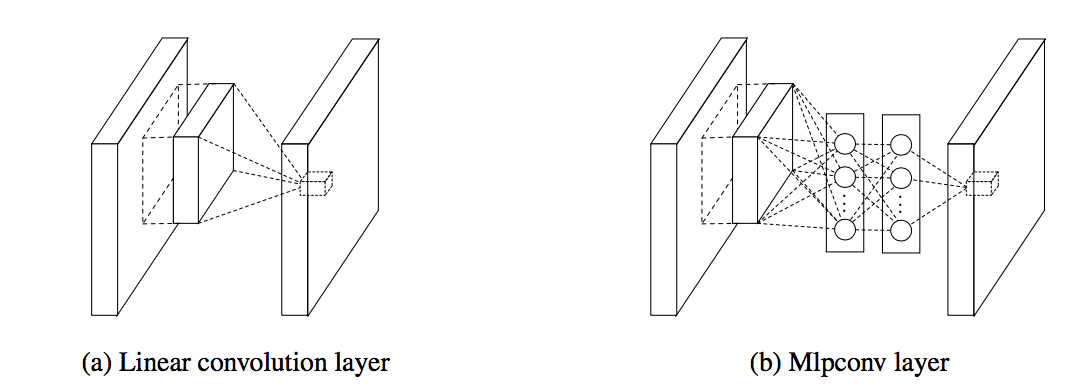goingDeeperWithConvolutions
Introduction
In the last three years, due to the advances of deep learning and more concretely convolutional networks. [an introduction of CNN] , the quality of image recognition has increased dramatically. The error rates for ILSVRC competition dropped significantly year by year.[LSVRC] This paper<ref> Szegedy, Christian, et al. "Going deeper with convolutions." arXiv preprint arXiv:1409.4842 (2014). </ref> proposed a new deep convolutional neural network architecture codenamed Inception. With the inception module and carefully crafted design researchers build a 22 layers deep network called Google Lenet, which uses 12X fewer parameters while being significantly more accurate than the winners of ILSVRC 2012.<ref> Krizhevsky, Alex, Ilya Sutskever, and Geoffrey E. Hinton. "Imagenet classification with deep convolutional neural networks."
Advances in neural information processing systems. 2012.
</ref>
Related work
In 2013 Lin et al.<ref> Min Lin, Qiang Chen and Shuicheng Yan. Network in Network </ref> pointed out that the convolution filter in CNN is a generalized linear model (GLM) for the underlying data patch and the level of abstraction is low with GLM. They suggested replacing GLM with a ”micro network” structure which is a general nonlinear function approximator.

In "Going deeper with convolutions", Szegedy, Christian, et al. choose to use a 1×1 convolutional layer as the"micro network" suggested by Lin et al. The 1x1 convolutions also function as dimension reduction modules to remove computational bottlenecks. In practice, before doing the expensive 3 x 3 and 5 x 5 convolutions, they used 1 x 1 convolutions to reduce the number of input feature maps.
References
<references />